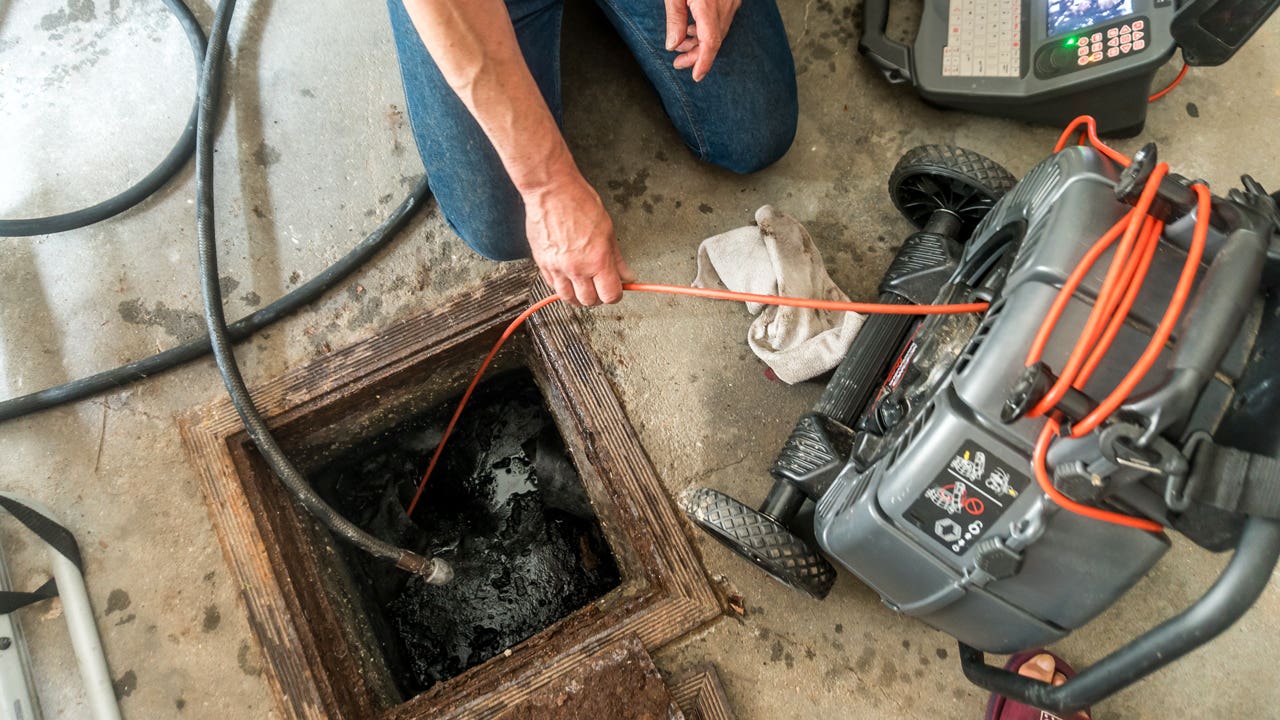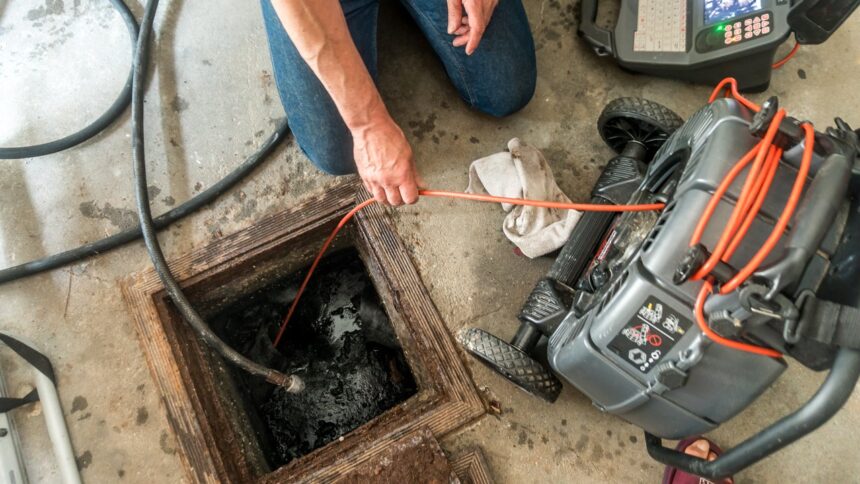
Santiago Urquijo/Getty Imagess
City and utility companies generally take care of major sewer lines under the streets, but to the surprise of many homeowners, the part that runs through your property is entirely your responsibility. Perhaps even more surprising, standard homeowner insurance generally doesn’t cover damage to sewer lines by common perpetrators, such as tree roots, aging pipes, and stubborn clogs. Considering how difficult it is to access and repair sewer lines, having proper protection can save thousands. We are here to explain to you what you need to know about the possibility of adding optional sewer line coverage to your policy.
Does homeowners’ insurance cover sewerage?
A survey from across the country found that one in three homeowners (32%) incorrectly believe their service lines are covered by standard home insurance. In most cases, the sewer breakdown and resulting damage is due to wear and tear or other causes specifically excluded by the home insurance company from coverage. If your sewer is damaged by a household insurance exempt from it, you will need to pay for the repair yourself. On average, well-maintained sewers can last between 50 and 100 years, depending on the material. It’s been a long time, but if you’re the second or third owner of the house, you may need to repair or replace the sewer at some point.
However, in some cases it is a standard homeowner insurance policy. can Covers sewer systems. If the sewerage of your home is damaged as a result of what is included in your insurance policy, the insurance company can intervene to cover the loss. In that case, sewer lines are covered by some of the other structures of household insurance (coverage B) and claim payments are usually limited to 10% of the total housing limit. So, if you have a $300,000 housing limit, you may have $30,000 in the sewer and other structures on your property outside of the main house.
So when is your sewer line replacement covered by homeowner insurance? The table below breaks down the circumstances in which standard homeowner insurance could cover sewer pipe damage and coverage is normally terminated.
| Covered by home insurance | Not covered by home insurance |
|---|---|
| fire | Wear and tears |
| Wind | Bad installation |
| Falling objects | Lack of maintenance |
| lightning | Tree root infiltration |
| Vehicle damage | year |
| Collapse | Suspension of the ground |
| explosion | Clogged |
| Volcanic eruption | corrosion |
| The weight of ice and snow | Extreme temperature |
| Vandalism | earthquake |
| Rodents or pests |
Sewer lines run quite deep underground, so it can be difficult to imagine how something like a falling object can cause damage. Here are some examples of claims that are normally covered.
- Your home will collapse under the weight of ice and snow, and your sewer will burst.
- A wind storm will knock down trees in your garden, and roots will destroy the sewer lines.
- Lighting will hit your home, causing an explosion and damage your sewer.
What could damage the sewer line?
Some situations can cause damage to the sewer system. Aside from bursting physical sewer lines, sewer water can return to your home and damage your home or personal property. Some events that cause sewer damage include:
- flood: Floods are one of the most common causes of sewer damage and sewage water. When you raise the water, soil, sediments and debris can transfer and destroy the pipe. Flood pressure and overflow can also push untreated sewage back through the pipes into the home.
- Freezing temperature: A sudden drop in temperature can cause your home pipes and sewer lines to freeze. Frozen water will expand, cold pipe contracts will expand, leading to damage ranging from minor leaks to pipe bursts.
- Tree Roots: Roots from trees on or near the site will grow into sewer lines and break the sewer pipes. This is especially true for older homes that still have ceramic sewer lines.
- Clogged drain: Clogging of drains not only causes drainage problems, but can weaken the pipe if not improved. If the pressure from the clogging becomes too high, the pipe can burst.
- earthquake: Seismic activity can cause ground to move, which can damage sewer lines.
Sewer Options Coverage
Thankfully, many of the best home insurance companies offer solutions to this problem as approval. If the sewer breaks down, the sewer water can return home and damage, causing physical sewer pipes to be damaged. Some insurers may offer limited coverage for water backup, but usually exclude the costs of repairing the sewer line itself. Seek the advice of your agent to determine how your insurance company handles these types of losses. If necessary, we recommend that you consider one or more of the following:
- Service Line Authorization: It is also known as sewer replacement. This will help cover sewer repair costs if damaged from corrosion, wear, harm, pest damage, dendritic damage, freezing temperatures and other losses. It may come with a different deduction amount, and coverage typically ranges from $10,000 to $12,000.
- Sewer backup approval: This is slightly different from service line approval: service line approval covers damages In Sewer lines, while sewer backup approvals primarily cover damage to broken sewer lines I’ll do it For your home or personal belongings. It can also cover sewer damage, but it reduces the number of hazards.
- Home Guarantee: A home warranty may provide sewer line coverage, which is different from homeowner insurance. This is another plan that will help you cover the costs of repairs and electrical systems for specific appliances.
- Protection Plan: Not all home insurance companies offer service line approvals. If so, contact your utility company to see if they are providing repair plans or warranty for your sewer lines or other underground service lines connected to your home.
How to prevent sewer damage
Damages resulting from natural hazards such as floods and earthquakes, such as wear and tear, are generally out of your control. As a homeowner, the best thing you can do is to properly maintain your home and get the highest life expectancy from the sewer. There are many easy and affordable precautions you can take to avoid drain clogs and damage to your sewer lines.
- Dispose of grease and oil properly
- Use a drain catcher to prevent clogging
- Dispose of paper and hygiene products appropriately
- Do not plant trees near the sewer system










